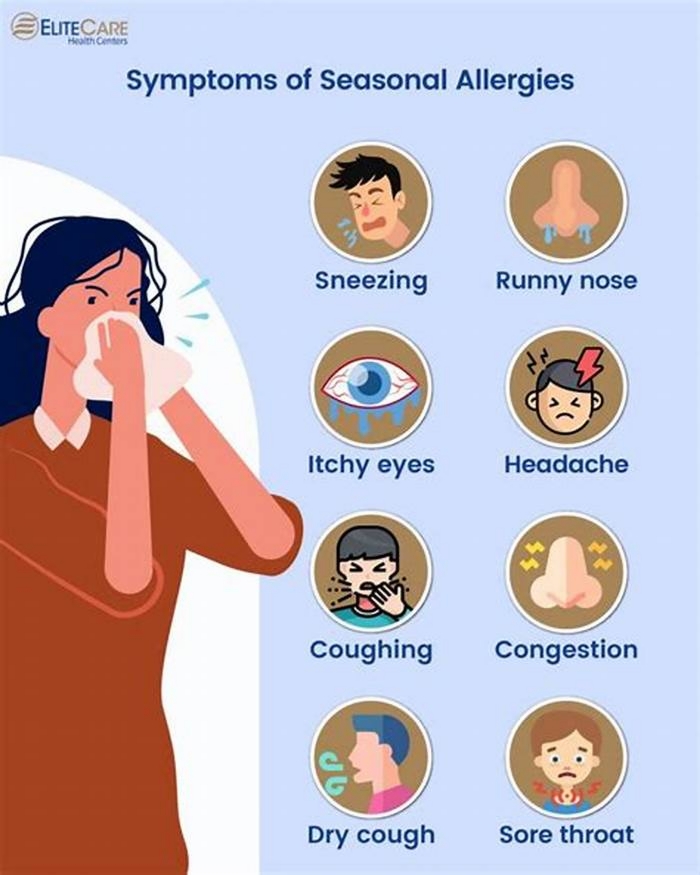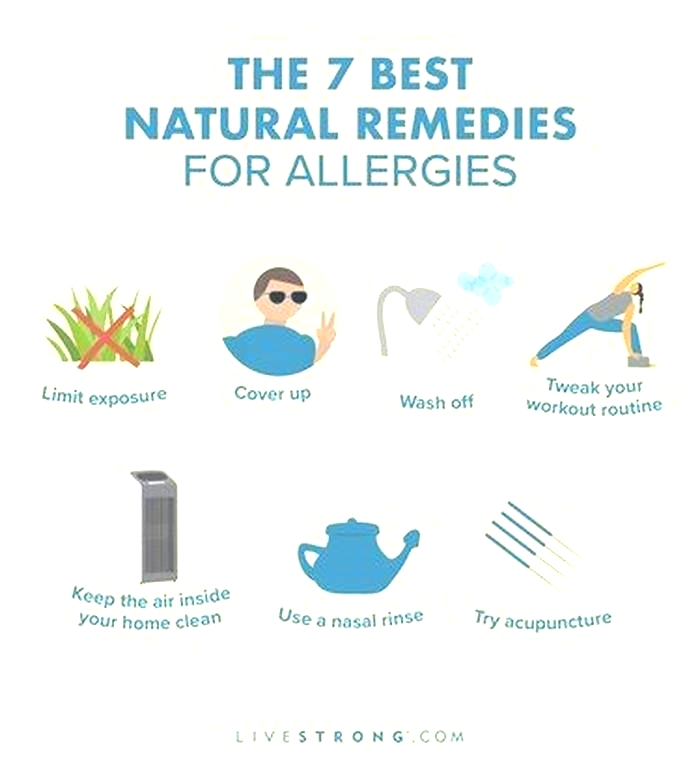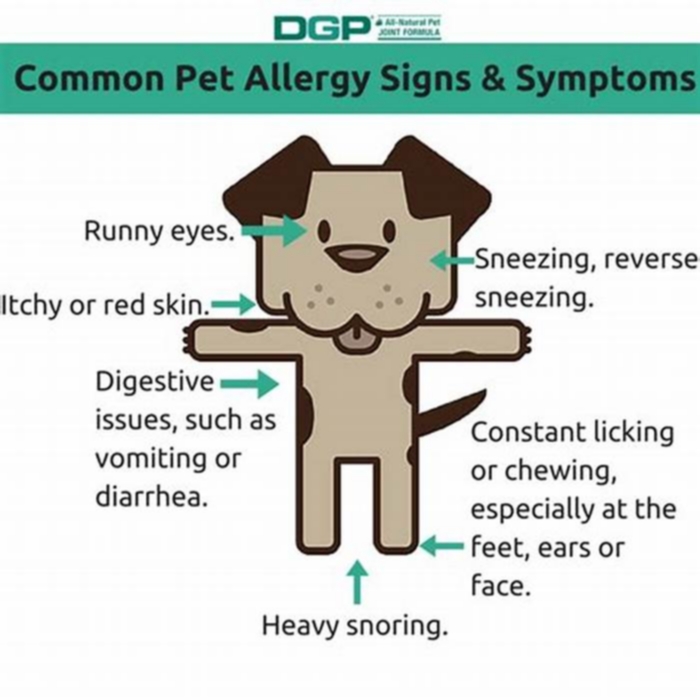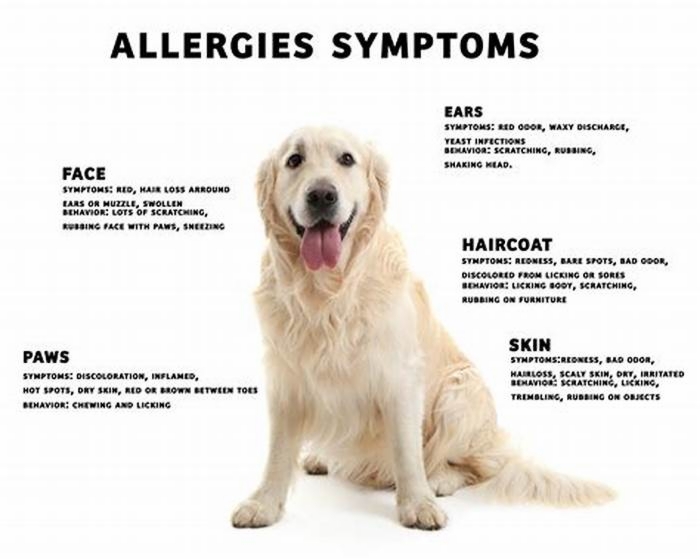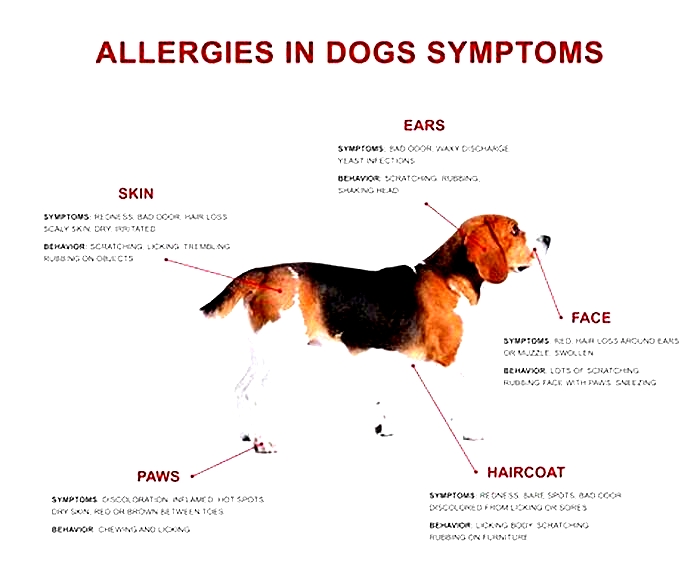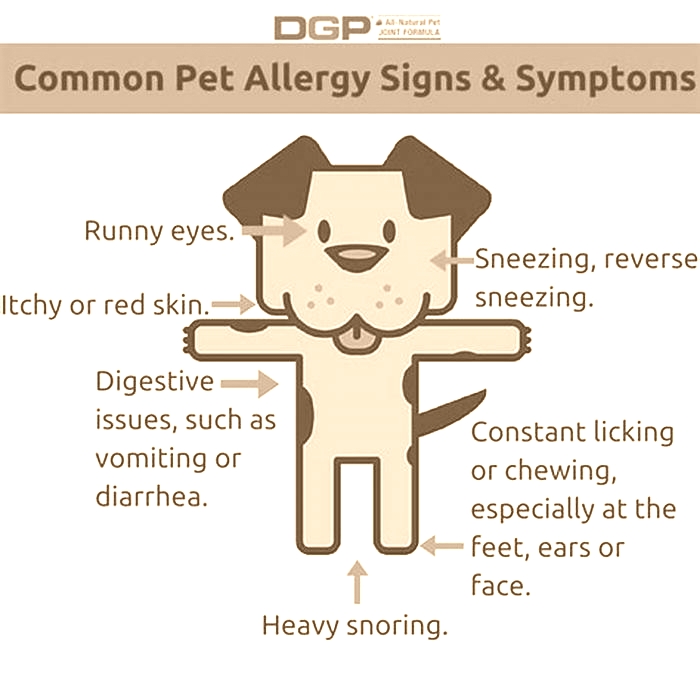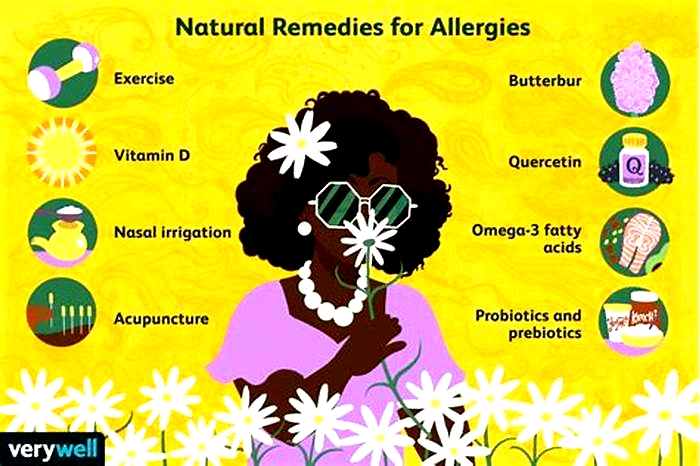Are pet allergies genetic

Dog Allergy Genetic Risk Factors
Dog Allergy DNA Traits
Dogs are the most adorable, loving, wonderful, loyal, joyous creatures in the world. But if you have a dog allergy, your relationship with cute little canines might be complicated.
Its not even a matter of simply not owning a dog, either. Dogs are ubiquitous; roughly 57% of U.S. households have at least one dog. If you have a dog allergy, its not necessarily something you have to address only when you are next to a dog; pet dander can travel fairly efficiently. Whats more, it sticks to clothing and upholstery and can be transferred easily and unknowingly. So, if you work with someone who has a dog, you might experience an allergic response even if the dog isnt in the room.
It is estimated that roughly 30% of people have an active dog allergy at any given time, and at least 75% of people develop an allergic reaction once in their lifetime. The prevalence of allergies in the industrialized world is increasing, particularly in urban areas.
Are allergies genetic or environmental? While the environment might contribute to allergic responses, we are increasingly learning that allergies might be encoded in our genetic makeup.
What is a Dog Allergy?
When a person has a dog allergy, it is usually not the actual animal they are allergic to, but the dander produced by the dogs skin. Often, these allergic reactions produce excessive sneezing and a runny nose. Pet dander remains in the air for long periods. Even entering a space where a dog visited allows dander to enter your lungs or eyes.
Allergic responses are the immune systems overcompensation when certain particles enter the body. The allergen interacts with inflammatory cells, which infiltrate the nasal lining, where inflammatory cells cause immunoglobulin E (IgE) production by plasma cells.
This immunoglobulin production, in turn, triggers mast cells to release mediator molecules such as histamine, leukotrienes, and cytokines. The release of these mediators causes the onset of an allergic reaction. Pollen, pets, molds, and mites are the most common allergens.
For most people, dog allergies are manageable, but they can lead to eczema, especially in children. In the past, people thought that exposing the family dog to a newborn put the baby at risk for developing allergies. It turns out that the opposite is true. Pet dander exposure could prevent the child from developing allergies, even if they are genetically predisposed to having them.
How Do Genes Cause a Dog Allergy?
The inherited component of an allergic response is supported by three recent genome-wide association studies (GWAS) on Europeans and North Americans, which identified 47 related single nucleotide polymorphisms (SNPs) altogether.
In one of the studies, skin prick tests were performed using common inhalant allergens on 432 study participants. For the first time, a specific SNP, rs7775228 located on the human leukocyte antigen gene (HLA-DQB1), was found to be associated with dog dander-specific allergic sensitivity. Participants with at least one copy of the C allele were more likely to exhibit a dog allergy. HLA-DQB1 is a protein-coding gene and plays a critical role in the immune system.
How Do I Find What Genes I Have?
If you have dog allergies, youre not alone. Even if you love dogs, the constant sneezing, itching, and watering eyes make it nearly impossible to be around them. Even worse, allergies to dog dander may be preventing you from enjoying all the benefits of dog ownership.
People with allergies are typically sensitive to more than one irritant, but that may not be the case for those with rs7775228 in their genetic makeup. Dog allergies with a genetic connection may be more isolated than other types of allergies.
If your dog allergies are baked into your genetic code, it may surprise you to learn it might still be possible to live with a dog and not depend on medications. Hypoallergenic breeds shed less than other dogs and produce less dander. While no dog is 100% allergy-proof, people with dog allergies may be able to live with a hypoallergenic dog without problems.
Knowing your genetic predisposition to allergies will help you make the best choices about your health and lifestyle. An in-depth DNA analysis of your raw DNA file will empower you with the information you need to live your best life.
You can download your raw DNA file if you perform an at-home DNA test from AncestryDNA, 23andMe, or another provider. Genomelink can perform a comprehensive evaluation of your genetic makeup, helping you better understand your genetic characteristics.
Are you interested in learning more about your genetic tendency for dog allergies? Let the team at Genomelink help you unlock your full potential.
Uncover your genetic potential by signing up with Genomelink today!
Photo by Joe Caione on Unsplash
Are Cat Allergies Genetic? Vet Reviewed FAQ

The information is current and up-to-date in accordance with the latest veterinarian research.
Learn moreIts not great being a cat lover and having cat allergies! The truth is that, yes, to some degree, cat allergies are genetic! Does that mean there is someone you can blame? Can allergies develop after youve brought home a cat?
We answer these questions for you to the best of our abilities. We also talk about how to manage your allergies since the last thing that you want to do is give up your beloved kitty!
Are Cat Allergies Genetic?
Experts have said that if you have allergies, there is a chance that they could be passed on to your children, but this isnt a guarantee. It is more of a 50% chance. However, if both parents have cat allergies, the odds that your children will inherit these allergies go up to a 75% chance. So you can inherit a genetic predisposition to cat allergies and then become sensitized at any point in your life.
Other predispositions to allergies come from things like pollution, respiratory infections, your environment, and diet.
Allergies can affect people of all ages at any point in their lives, and many people often also have other allergies to molds or pollen. In fact, about10% to 20%of the worlds population is allergic to cats and dogs.
Ultimately, you are more likely to develop an allergy to cats if someone in your family is also allergic.
What Are People Actually Allergic To?
Some people have often believed that they are allergic to cat fur, but in fact, its primarily cat dander (dried flakes of skin), the proteins found in their saliva, and their urine. There have so far been 10 cat allergens identified that people can be sensitized to but FEL D 1 is the most common.
Of course, all these substances, particularly the fur and dander, can attach themselves to clothing, bedding, and furniture and float through the air. Living with allergy symptoms when youre constantly surrounded by these floating particles can be rough!
What Are the Symptoms of Cat Allergies?
Signs and symptomsof cat allergies can range from mild to severe. These can include:
- Runny nose
- Stuffed-up nose
- Sneezing
- Itchy, swollen, watery, and red eyes
- Postnasal drip
- Itchy throat, roof of the mouth, or nose
- Coughing
- Not sleeping well
- Blue-colored skin under the eyes
- Facial pain
- Hives
- Itchy skin
- Eczema
Your symptoms will improve when youre separated from the cat for a few days to weeks. Some people might also have asthma and seem to have more colds than usual instead of the more traditional allergy symptoms.
You should definitely see your doctor if your symptoms are hard to live with, like having trouble breathing.
Are There Hypoallergenic Cats?
Since allergies are triggered by the proteins in dander, saliva, and urine, its practically impossible to find cats that dont make Fel d1.
Cats that dont shed as much or are hairless dont make them hypoallergenic, but they might be easier to live with for allergy sufferers. Such breeds include:
- Balinese
- Bengal
- Burmese
- Colorpoint Shorthair
- Cornish Rex
- Devon Rex
- Javanese
- Oriental Shorthair
- Russian Blue
- Siberian
- Sphynx
Remember that while one of these cats might make living with them easier for an allergy sufferer, it wont mean theyll be allergy-free. The amount of Fel d1 produced by a cat has been shown to fluctuate over the course of a year and with time, with older cats producing less. So, testing a cats Fel d1 levels as a once-off is not likely to give a true reflection of what will happen over time.
Scientists working with gene editing tools CRISPR have had success in deleting the genes coding for Fel d1 and so in the future if may be possible to breed cats that produce no Fel d 1.
What Are the Best Ways to Deal With Cat Allergies?
Nothing can prevent all allergy symptoms. Still, you can lessen them to a degree and make them easier to live with. The following tips might help:
- Vacuuming is no ones favorite chore, but regular vacuuming and damp dusting can help reduce allergens. You can also consider purchasing a vacuum that is designed for allergy sufferers with HEPA filtration.
- Invest in a HEPA air purifier.
- Keep your cat off of your bedding and out of your bedroom at all times. Since you spend so much of your time in it you will be surrounded by less allergenic material, and hopefully, youll have a more restful sleep.
- Many products in the market can be used on your cats coat. For example, wipes, waterless shampoos, shampoos, and sprays can help reduce excess dander and help make their skin and coat healthier.
- Close the ducts in the room that you spend the most time in (usually the bedroom). Consider using portable heaters and air conditioners instead of forced air through the vents that will circulate dander and fur.
- Brush your cat every day, and consider using a de-shedder, which can reduce the shedding of fur and dander. (Better still, get a non-allergic family member to brush the cat.)
- Wash your hands whenever you touch your cat or any toys, bedding, etc.
- Ensure that your cat has a healthy diet, and providesupplements that contribute to healthy skin and coat.
- Regularly wash your cats blankets and bedding, and keep the litter tray clean.
- Talk to your doctor, and look into the right kind of antihistamines or medications that you can take. There are also immunotherapy allergy shots that can be quite effective.
Some of these steps can help alleviate or lessen your cat allergies, but what if we could make our cats less likely to cause an allergic reaction?
Treating the Cat
Some scientific breakthroughs include treating the cat so the active allergen-causing problem is neutralized. This means as the allergy sufferer, you wont have to worry so much about purchasing medications or HEPA purifiers.
A Swissstudy from 2019 found that a specific vaccine created for just this purpose when administered to cats, bound to and neutralized the Fel d 1 protein that causes allergies. The vaccine has been called HypoCat, and when cats are injected with it, the Fel d 1 levels are found to be lower in their blood. This vaccine will hopefully be available in the market in the next 45 years. The study found that people allergic to cats showed fewer symptoms around cats vaccinated with HypoCat.
Purina has also published astudywhere they have looked into neutralizing cat allergens through diet rather than a vaccine.
It uses a specific kind of egg product designed to reduce the Fel d 1 cat allergen. Purina has since produced the food asLiveClear, which states that 47% of cat allergens are reduced after 3 weeks of feeding.
These are just a few options that you can consider as they work on the actual root of the problem. Maybe a combination of treating your cat and yourself will make living with a cat conceivable!
Conclusion
Theres no question that being a cat lover but also being allergic to them is a bitter pill to swallow. Unfortunately, if your allergy symptoms are severe, particularly if they are complicated by asthma, your best bet is to live without cats. It can be sad, but your health is definitely more important.
But there are products available and designed to reduce the allergens and lessen your own allergy symptoms. Speak to your doctor about all your options, and consider speaking to a vet. The combination of both worlds might give you the perfect solution and, eventually, the perfect cat!
See Also:
Featured Image Credit:Image Point Fr, Shutterstock


